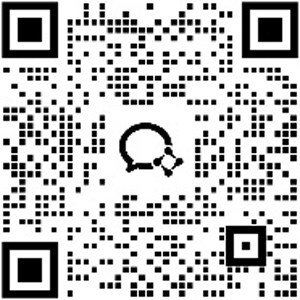Diagnosis Certificate Translation - English Translation of Diagnosis Certificate
In today's globalized world, translation has become an important aspect of business and communication. One of the most common documents that require translation is a diagnosis certificate. A diagnosis certificate is a medical document that contains information about the diagnosis of a medical condition. It is often required for legal and official purposes, such as visa applications, insurance claims, and legal proceedings. In this article, we will discuss the importance of diagnosis certificate translation, the challenges involved in translating diagnosis certificates, and tips for accurate and professional translation.
Importance of Diagnosis Certificate Translation
Diagnosis certificates are crucial documents that provide information about a person's medical condition. They are used for a variety of purposes, including legal and official purposes. However, diagnosis certificates are often written in the local language of the country where the diagnosis was made. This can create a language barrier for non-native speakers, making it difficult for them to understand the contents of the certificate. Translation of diagnosis certificates is therefore essential to ensure that the information is accessible to individuals who speak different languages.
Challenges Involved in Translating Diagnosis Certificates
Diagnosis certificates are complex medical documents that contain specialized terminology and complex medical jargon. Translating diagnosis certificates, therefore, requires specialized knowledge and skills in the medical field. Additionally, diagnosis certificates must be translated accurately and professionally to avoid misunderstandings or misinterpretation of medical terms. A minor error or omission in the translation can have serious consequences, such as misdiagnosis, improper treatment, or even legal repercussions.
Tips for Accurate and Professional Translation
To ensure accurate and professional translation of diagnosis certificates, it is important to follow these tips:
1. Hire a professional translator with specialized knowledge and skills in the medical field.
2. Provide the translator with all the necessary information, such as the purpose of the translation and the target audience.
3. Use specialized medical software and tools to ensure consistency and accuracy in the translation.
4. Proofread the translation thoroughly to identify any errors or omissions.
5. Consult with a medical expert to verify the accuracy of the translation.
Conclusion
Translation of diagnosis certificates is essential for legal and official purposes. However, diagnosis certificates are complex medical documents that require specialized knowledge and skills in the medical field. Therefore, it is important to hire a professional translator who has expertise in medical terminology and jargon, and to follow the tips mentioned above to ensure accurate and professional translation. With the right approach, diagnosis certificate translation can be done efficiently and effectively, allowing individuals to access and understand important medical information in different languages.
<本文内容由未名翻译公司独创发布,可学习参考,如未经允许作商业用途,转载必究。>



